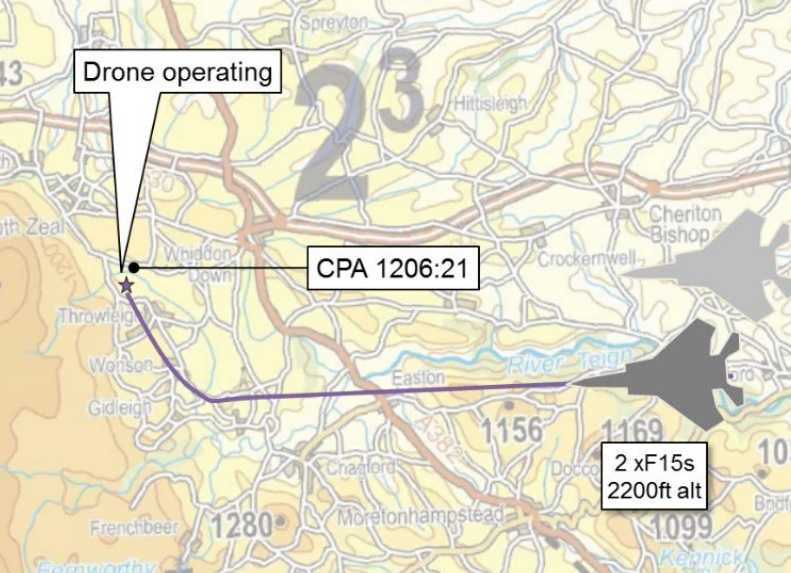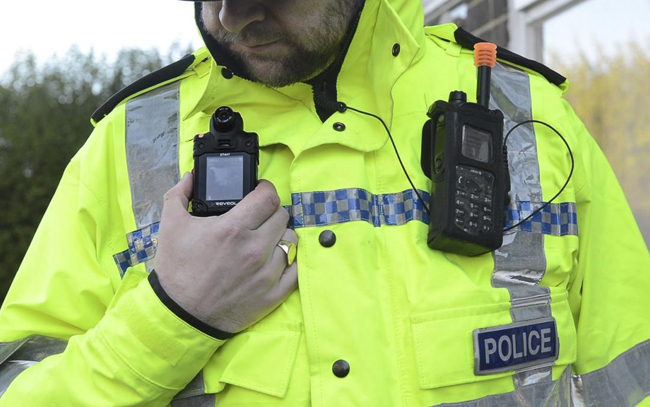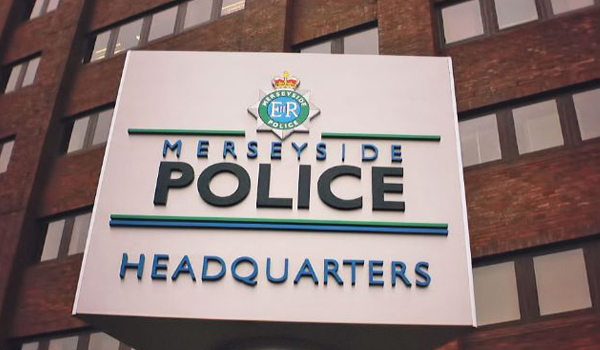Police drone operator: I thought the UAV and 500mph jet were ‘going to collide’
Safety experts have admitted that it may not be possible to “find a solution” for police drone operators to be alerted to military flights in the wake of a relative near miss between an unmanned aerial vehicle (UAV) and a 520 mph warplane.
Safety experts have admitted that it may not be possible to “find a solution” for police drone operators to be alerted to military flights in the wake of a relative near miss between an unmanned aerial vehicle (UAV) and a 520 mph warplane.
But high-level talks among the Armed Forces could ultimately lead to improving the flow of information in a future replacement for the Centralised Aviation Data Service (CADS) as part of a unified traffic management system in the skies above Britain.
In the meantime, a report by the UK Airprox Board reflected on a Devon and Cornwall Police officer’s evasive action that piloted an UAV to lower altitude to avoid a mid-air collision with a F-15E Strike Eagle fighter on the edge of Dartmoor earlier this year.
The officer feared the two were headed for an inevitable crash as the US Air Force jet seemed to pass by the 13lb drone “at the same altitude . . . within 200 metres laterally” of the UAV, the board report observed. Another plane followed seconds later.
“Once the jet was in view it started banking to the right and he honestly believed it was going to collide with the drone,” the Airprox report added.
The jet’s pilot and its weapons operator both failed to spot the black drone, which had four rotor arms and LED lights.
Radar records showed that on January 16 both the police drone operator and the F-15E pilot were operating “within their regulations” which, in the case of the jet, was not below 500ft. The officer – conducting an aerial search near Throwleigh – reported operating his drone below 400ft.
The incident led to calls for police drone operators to be alerted to military flights through the CADS, which provides real-time information about air traffic.
Although they acknowledged that it was unlikely that the drone operators would be able to input information in sufficient time to be useful to the fast-jet crews before they got airborne, CADS might be a useful source of information to the drone operators about potential conflicts in the locations where they are deployed.
That said, unlike the National Police Air Service, it was acknowledged that there were a number of different police forces operating drones around the country, and that it might be difficult to come up with a solution that they could all adhere to.
The report noted: “They were informed that the military is currently investigating whether the replacement for CADS could incorporate information from the NATS DroneAssist App in order to contribute to a unified traffic management system.
“Although this was still in its infancy, the board was heartened to hear that such discussions were taking place.”
Turning again to the incident in question, members noted that although the F15s had been at 500ft, RAF fast-jets were able to fly down to 250ft in the low-flying system and so, potentially could have been closer to the drone than the F15s were.
Nevertheless, although the operator perceived that the F15s were extremely close to his drone, in actuality they appeared to have had sufficient separation.
A spokesperson for the force told Police Professional that the incident occurred as “scene work” was being undertaking in Okehampton when the jets flew past and the drone was up.
The statement added: “In line with standard regulations, we flagged this with the Air Proximity board who meet a few times a year to look at these incidents.
“They were content that there was no blame nor any lessons to be learned.”
The UK – where half of police forces are now deploying drones – is forecast to see an UAV explosion with 76,000 in use by 2030 – “helping to protect our society”, according to accountancy firm PwC.
Its research says 628,000 people will be working in a £42 billion economy by the end of the next decade with the promise that “by automating routine tasks, improving effectiveness, safety and reducing costs, drones will free up people to focus on higher-value work”.
Meanwhile, in the US, the number of law enforcement and emergency services’ agencies with drones has doubled to more than 900 since the end of 2016, according to data from the Centre for the Study of the Drone at Bard College in New York. The states of Texas, California and Wisconsin are leading the way.






